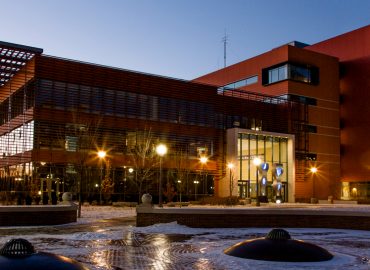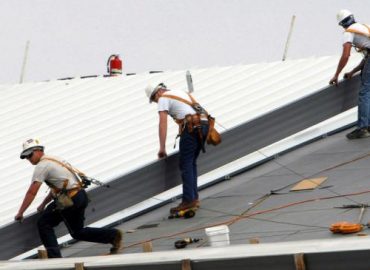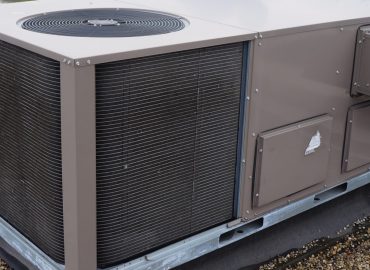When people think of saving energy, they often think of replacing old systems with more efficient ones. But significant energy savings can also be achieved by scheduling regular maintenance and making sure your facility is operating at peak efficiency. Operations and maintenance (O&M) energy savings measures cost approximately 20 times less and achieve roughly the same energy savings as retrofit measures, according to the Department of Energy.
Focusing on operational efficiency can reap significant rewards, particularly when budgets for new equipment are limited. At times, purchases of newer equipment may prove unnecessary if existing equipment can be adjusted to operate more efficiently. Most operational deficiencies do not require large capital expenditures to correct and can result in impressive energy cost savings.
SEDAC has found potential for O&M savings in virtually every energy system: boilers, steam systems, chillers, cooling towers, energy management and building automation systems, air handler systems, fan systems, pumps, motors, air compressors, and lighting.
 Examples of operational deficiencies include:
Examples of operational deficiencies include:
- building automation controls in need of reprogramming
- reheat systems working overtime
- disconnected ducts
- leaking duct systems
- leaking steam traps
- excessive boiler blowdown
- disconnected actuators
- systems running unnecessarily
- leaking building envelopes
- lighting controls in need of reprogramming
Financial benefits of maintenance
Deferring maintenance typically will cost much more in the long run. For example, imagine a facility installed a roof top unit for $10,000. The unit has a 15-year lifespan and will cost $300 a year to maintain and $500 a year for energy, for a total cost of $22,000.
Assume annual maintenance is not performed. As a result, after five years, repairs equaling $4,000 are necessary. Annual maintenance continues to not be performed and the unit fails after five more years. Efficiency has degraded so that the average energy cost over 10 years is $650. The purchase of a new $10,000 roof top unit is required. The total cost, after 10 years, is $30,500 vs. $22,000, after 15 years, if the unit had been properly maintained. By not properly maintaining the unit, significant operating costs were incurred and five years of service life were lost.
The following table illustrates the two scenarios.

Proactive vs. Reactive Maintenance
The best approaches to O&M are proactive rather than reactive. A reactive maintenance strategy waits to act until equipment or systems fail. In contrast, a proactive strategy avoids problems and modifies equipment operations to match needs. Proactive maintenance is accomplished by preventing failures and degradation, wherever possible, through regularly scheduled maintenance. To find and correct problems before they escalate and trigger equipment or system failure, proactive maintenance employs predictive technologies such as:
- visual inspection
- infrared thermography
- lubricant and wear particle analysis
- ultrasonic analysis
- trend analysis of equipment operating data
Make a wide-ranging commitment
A truly effective O&M program requires an active commitment from operations, maintenance, engineering, administration personnel, and staff. An integrated team approach is the primary key to success. SEDAC strongly encourages building owners, engineers, operators, and maintenance personnel to develop a building operations team to address O&M issues.
Schedule regular energy tune-ups
SEDAC recommends the following periodic maintenance strategies to improve energy efficiency and reduce costs.
Lighting and Supplemental loads
- Follow a strategic lighting maintenance plan of scheduled group relamping and fixture cleaning
- Measure and ensure proper light levels
- Calibrate lighting controls
Building envelope
Tighten the building to reduce air infiltration by locating and sealing all air leaks in the windows, doors, walls, and roofs. Reduce heating and cooling loss by ensuring insulation levels are maintained. For example, repair insulation that has fallen or been damaged.
Heat exchange equipment
Clean the air side of heating and cooling coils - either within an air handler or a rooftop unit - to reduce deposit buildup. Replace filters on a regular basis.
Heating and cooling system
- Conduct a boiler tune-up and steam trap maintenance
- Maintain cooling towers
- Clean air cooled condenser coils
- Replace refrigerant filters as needed
Controls
Calibrate the indoor and outdoor building sensors. Calibration of room thermostats, duct thermostats, humidistats, as well as pressure and temperature sensors should be in accordance with original design specifications. Calibrating these controls may require specialized skills or equipment, such as computer software. Adjust building controls and setpoints to meet building needs. Equipment schedules should reflect occupancy, which may change over time.
Helpful resources
Operations and maintenance best practices: A guide to achieving Operational Efficiency, published by the Federal Energy Management Program (FEMP).
Fifteen O&M Best Practices for Energy Efficient Buildings by the Portland Energy Conservation, Inc. and funded by the US EPA and US DOE
Sustainable O&M Practices by the Whole Building Design Guide, a program of the National Institute of Building Sciences.





